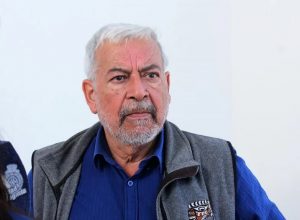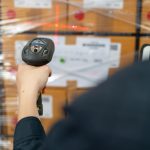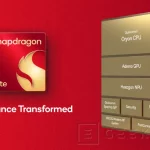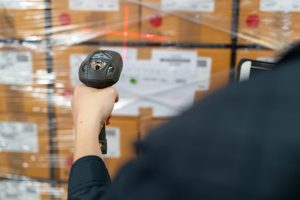Submarine technology will make it possible to investigate geodetic, biological and oceanographic processes off the northern coast of Chile.

Claudia López, Journalist University of Antofagasta.- In order to observe in a more precise and close way the biological and oceanographic processes, as well as the constant movements and “shocks” between the Nazca and South American plates, which cause the earthquakes and consequent tsunamis that affect Chile and the South Pacific, 4 sensors were installed that will integrate the Deep Ocean Observation System for geoscience research.
This was reported by Dr. Marcelo E. Oliva, academic at the “Alexander von Humboldt” Institute of Natural Sciences of the Faculty of Marine Sciences and Biological Resources of the University of Antofagasta, and adjunct researcher at IMO and the IDOOS Project.
“There are four installed sensors and they were positioned approximately 50 kilometers north of Taltal and at a depth that varies between 1,600 and 5,500 m deep in the Atacama Trench,” reported the UA academic.
The installation of these sensors was carried out by the Millennium Institute of Oceanography (IMO) and was carried out with the collaboration of the German research vessel “Sonne”. This technology will also help to understand the oceanographic and biological processes in the Atacama Trench.
The expedition called “SO297 Pisagua” left Talcahuano (Chile) at the end of February and culminated on April 11, with the arrival of SONNE at the port of Guayaquil (Ecuador).
Observatory
The Deep Ocean, Earthquakes and Tsunamis Observatory, installed in the Atacama Trench, is part of the IDOOS (Integrated Deep-Ocean Observing System for geoscience research) project, which was awarded within the framework of the I FONDEQUIP Major Scientific and Technological Equipment Contest .
“The Millennium Institute of Oceanography (IMO) and the Universities of Concepción, Antofagasta, Pontificia Universidad Católica de Valparaíso and Austral de Chile participate in this multidisciplinary project. In addition, there is the cooperation of foreign scientific institutions such as GEOMAR; Helmholtz Center for Ocean Research in Kiel, Germany and HADAL; Danish Center for Hadal Research in Odense”, explained Dr. Oliva.

Dr. Marcelo Oliva
IDOOS System will be the first observation system anchored in the deep ocean, including the Atacama Trench, whose main objective will be to study both the structure and
temporal variability of the physical, geochemical and biological conditions present in the area, as well as the deformation of the seabed over time.
“This interdisciplinary work -which combines Geophysics with Oceanography- will allow us to detect, quantify and understand different processes that take place in these great ocean depths”, explained the UA researcher.
Additionally, the system will provide the future scientific basis that could be used to establish a hypothetical National Observation System for Climate Change, essential for the protection of the marine ecosystem “as well as to implement a possible early warning system for earthquakes and tsunamis that allows us to study the origin of these, a fundamental question for the knowledge of this characteristic tectonic phenomenon of our country”, concluded the academic and researcher.














